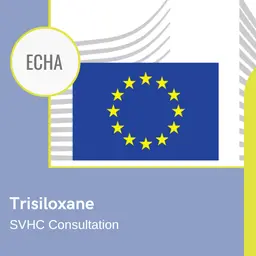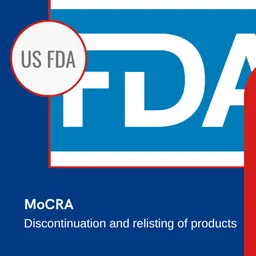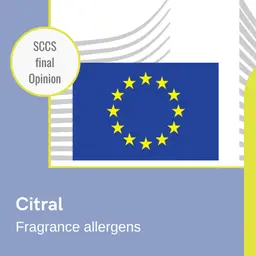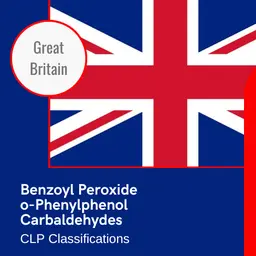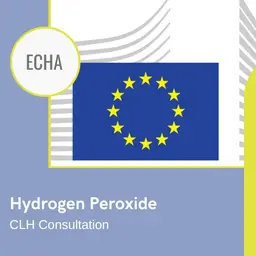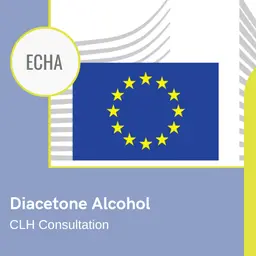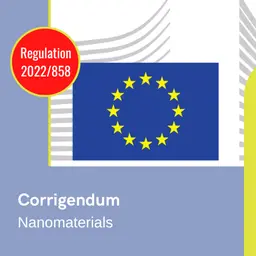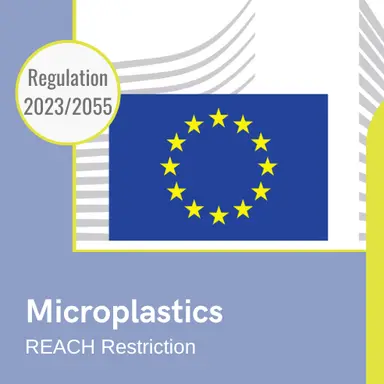
The European Union has just published Regulation 2023/2055, which sets out the new restrictions applicable to synthetic polymer microparticles under the REACH Regulation. For cosmetics, they will apply after a transitional period ranging from 4 to 12 years, depending on the type of product.
Key points of Regulation 2023/2055 for cosmetics
• This regulation is designed to tackle the pollution of the environment by microplastics.
• It applies to many types of product, including cosmetics.
• It prohibits synthetic polymer microparticles, defined as solid polymers which are contained in particles and constitute at least 1% by weight of those particles or which build a continuous surface coating on particles AND where at least 1% by weight of those particles are are equal to or less than 5 mm in size or equal to or less than 15 mm in length and the ratio of their length to their diameter is greater than 3.
• The ban applies to synthetic polymer microparticles as substances on their own or when they are present at a concentration equal to or greater than 0.01% by weight in mixtures to confer a desired characteristic.
• It does not apply to polymers that are degradable or have a solubility greater than 2 g/L (the text is supplemented by two appendices, one detailing the rules for proving degradability and the other detailing the rules for proving solubility).
• The text sets different dates for the ban to come into force: 17 …




